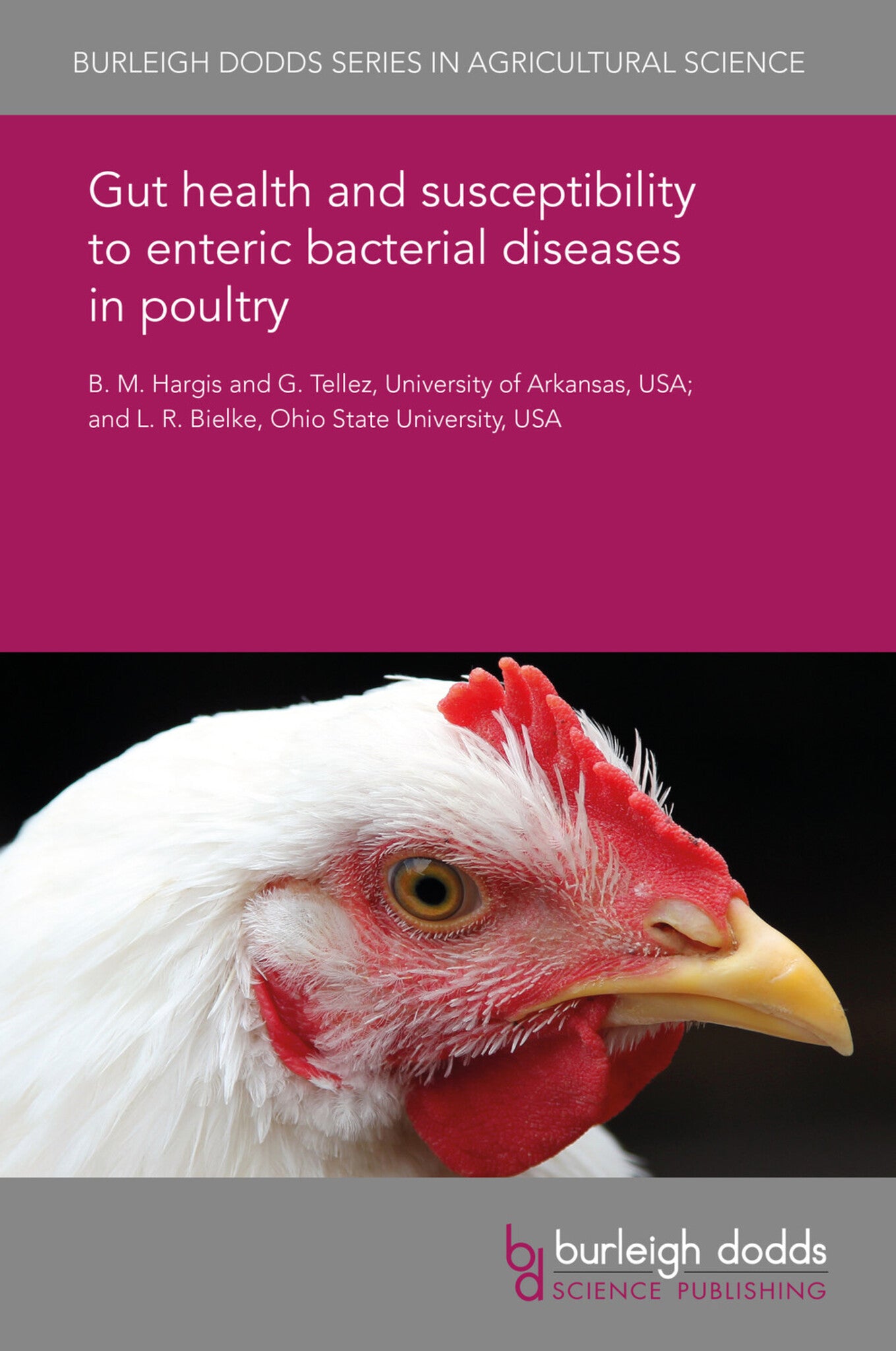We're sorry. An error has occurred
Please cancel or retry.
Gut health and susceptibility to enteric bacterial diseases in poultry

Some error occured while loading the Quick View. Please close the Quick View and try reloading the page.
Couldn't load pickup availability
- Format:
-
31 August 2017


TECHNOLOGY & ENGINEERING / Agriculture / Sustainable Agriculture, Poultry farming, TECHNOLOGY & ENGINEERING / Agriculture / Animal Husbandry, TECHNOLOGY & ENGINEERING / Pest Control, Sustainable agriculture, Pest control / plant diseases

1 Introduction 2 Specific bacterial gut pathogens in poultry 3 Symbiosis between prokaryotes and the host in the gut 4 Impact of bacterial pathogens on host biology 5 Dysbiosis and disease in poultry 6 Inflammation and effects on anaerobiosis in poultry 7 Positive and negative effects of mucins 8 Gut infections and dietary disruption 9 Airborne infection by enteric bacteria among poultry 10 Future trends and conclusion 11 References



